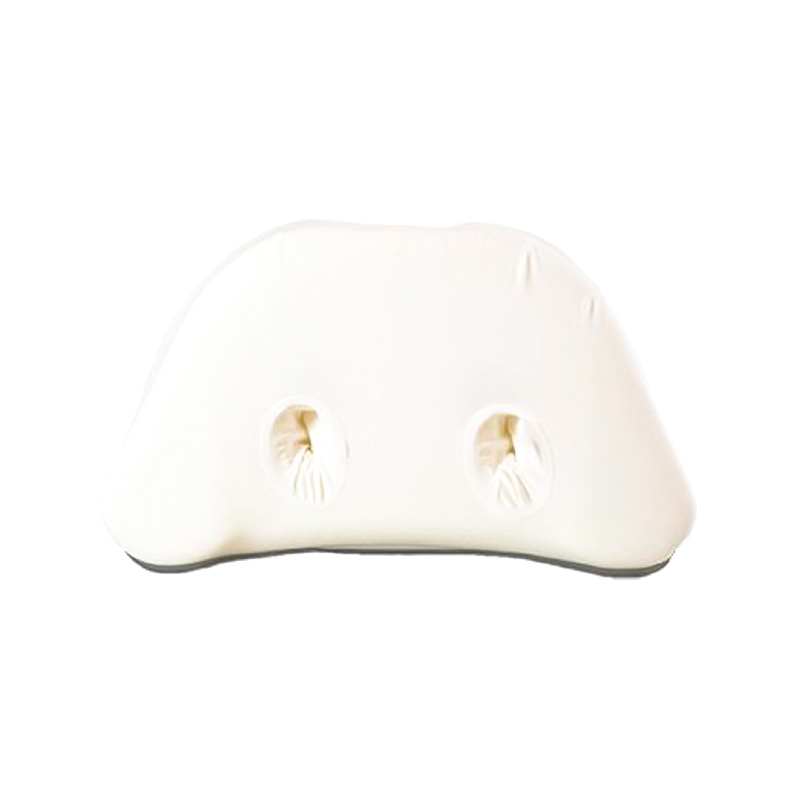How is Memory Foam Pillow hypoallergenic and resistant to common allergens such as dust mites?
Feb 18, 2024
Memory foam pillows are hypoallergenic and resistant to common allergens such as dust mites due to several reasons:
Material Composition: Memory foam pillows are made from a polyurethane material that has a dense and closed-cell structure. This structure makes it difficult for allergens like dust mites, mold, and mildew to penetrate and thrive in the pillow.
No Organic Materials:
Memory foam pillows do not contain organic materials like feathers or down, which are known to attract dust mites and other allergens. This reduces the chances of allergic reactions caused by these organisms.
Dust Mite Barrier: Memory foam pillows often come with a dust mite barrier cover. These covers are typically made from tightly woven fabrics that create a physical barrier preventing dust mites and their waste products from entering the pillow.
Resistance to Moisture: The dense structure of memory foam naturally resists moisture absorption. Dust mites thrive in humid environments, but memory foam's moisture-resistant properties make it an unsuitable habitat for their growth.
Antimicrobial Properties: Some memory foam pillows are treated with antimicrobial agents, such as copper or silver ions. These agents prevent the growth of bacteria, mold, and mildew, further reducing the potential for allergens to thrive.
Easy to Clean: Memory foam pillows are generally easy to clean, with most being machine washable or having removable and washable covers. Regularly washing the pillow or cover helps to remove allergens and keeps it fresh and hypoallergenic.












